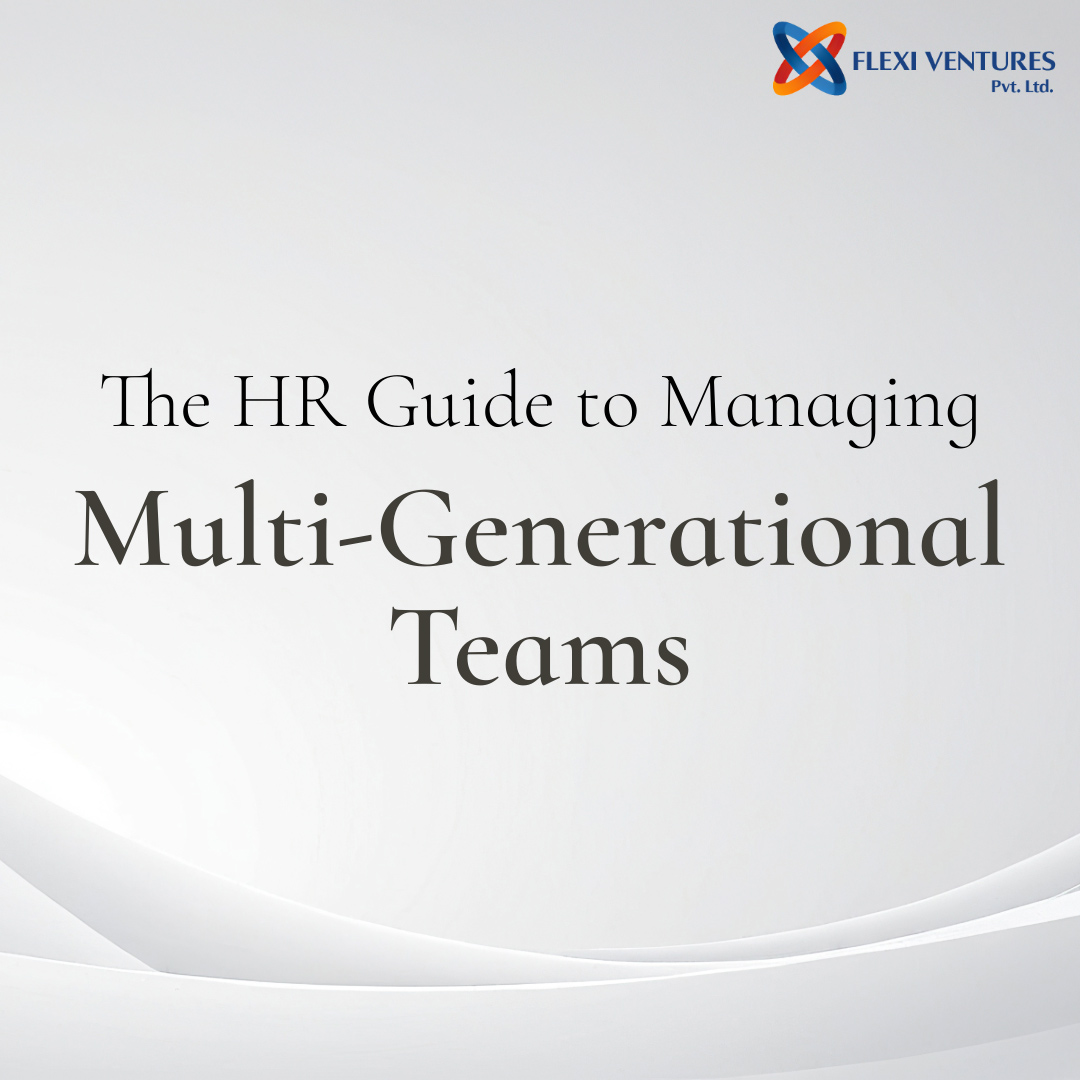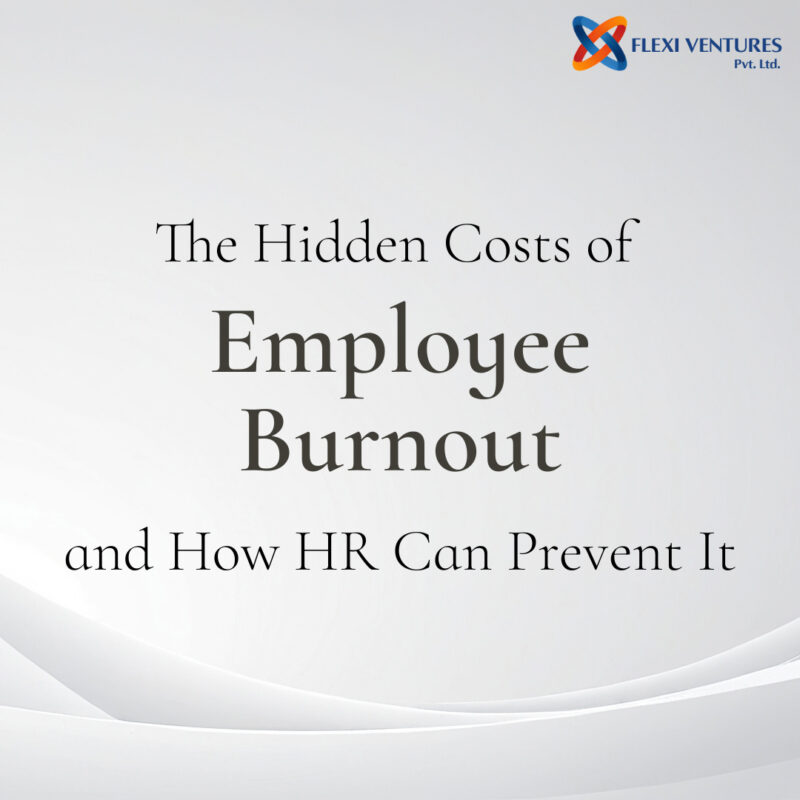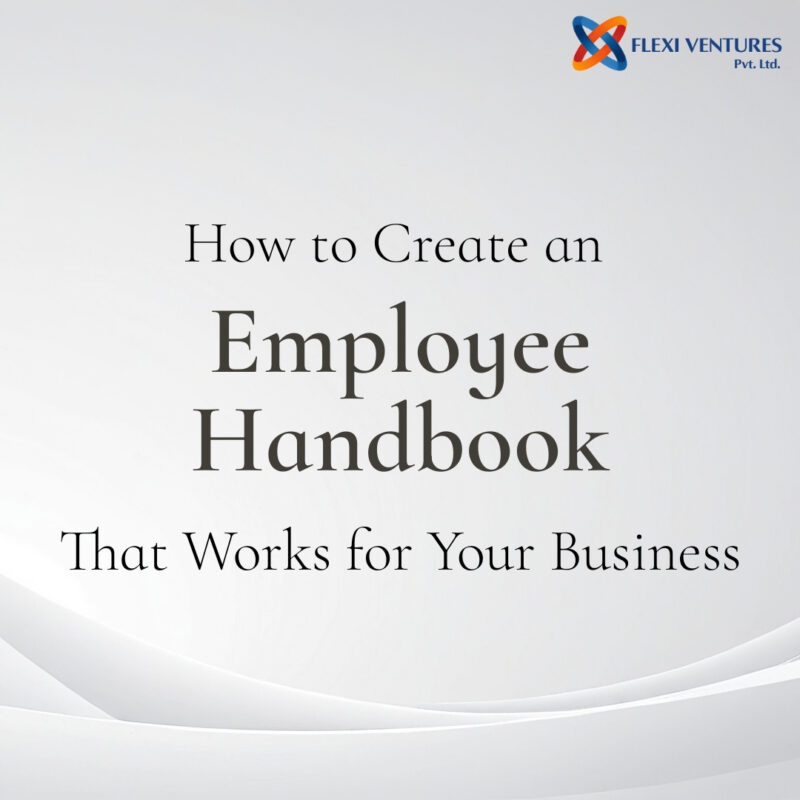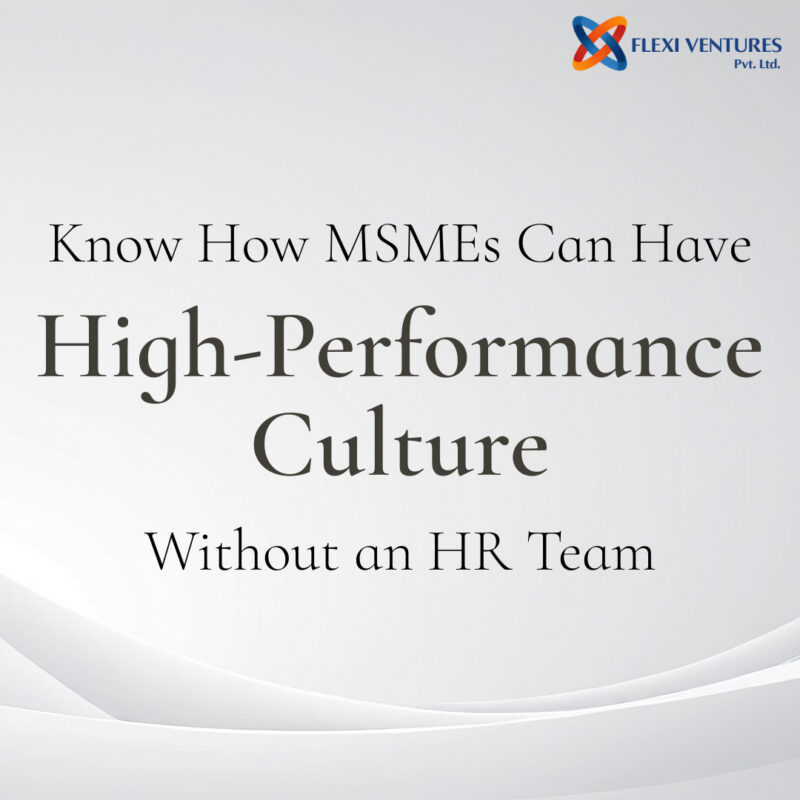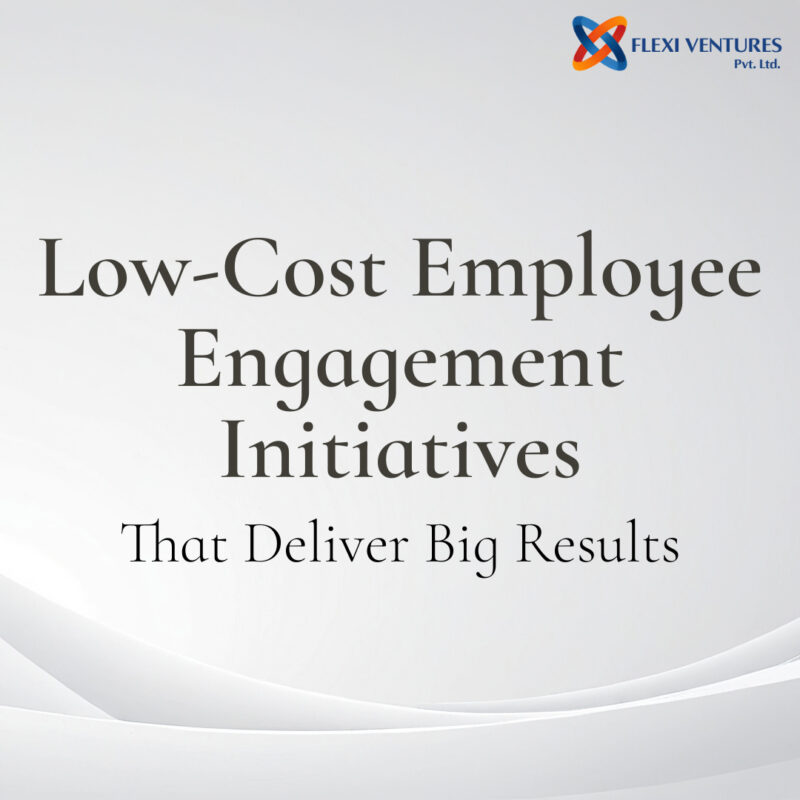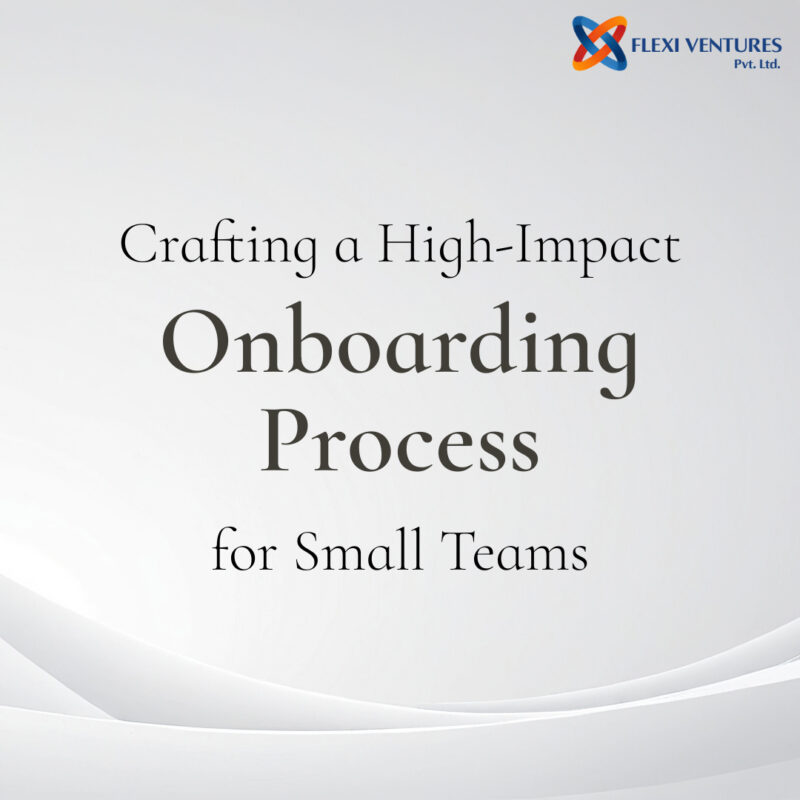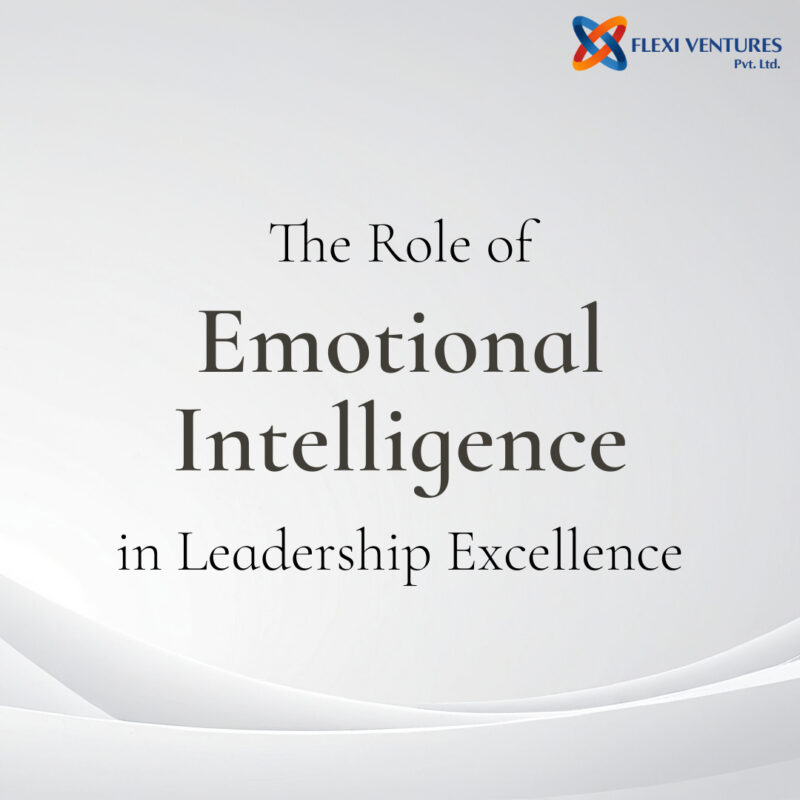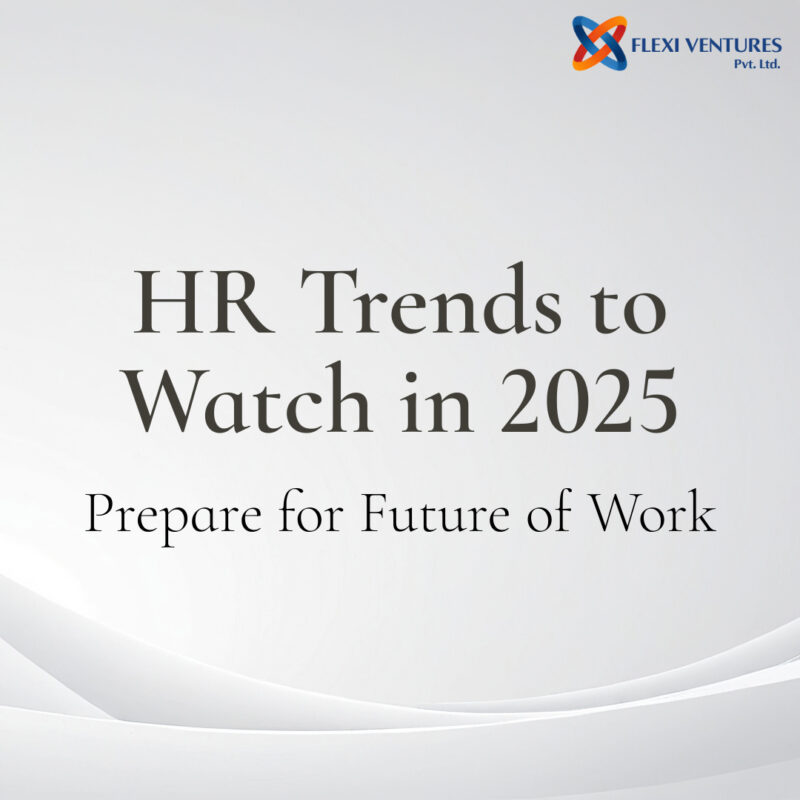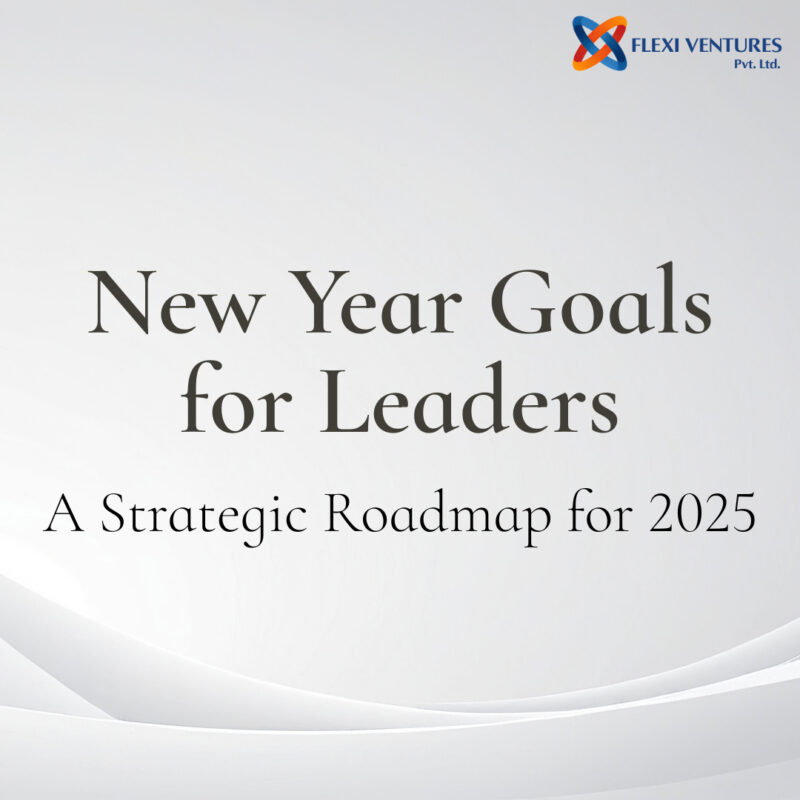A generation consists of individuals born within a particular period, often sharing similar experiences, values, and perspectives influenced by societal and cultural events of their era. These shared influences can shape attitudes, behaviors, and work styles. However, generational traits are generalizations and may not reflect every individual’s unique background or personal experiences.
Editor’s Note: This article examines generational differences and related behaviors, but it is important to recognize that not all individuals conform to these patterns. Personal circumstances, environment, and individual choices significantly shape a person’s outlook and actions, regardless of their generational grouping.
The Value of Understanding Generational Differences
Recognizing and appreciating generational differences can offer numerous advantages in the workplace.
- Businesses can better understand their client demographics, enabling them to reach a more diverse customer base.
- Managers can refine strategies for attracting, motivating, retaining, and rewarding employees, leading to improved performance and profitability.
- Engaging multiple generations in discussions can enhance decision-making and problem-solving.
- Awareness of different communication styles helps prevent misunderstandings and assumptions.
- Leveraging diverse experiences and skill sets fosters stronger, more cohesive teams.
- Understanding generational strengths and weaknesses can ease workplace conflicts and promote collaboration.
Generations in the Workplace
For the first time in history, today’s workforce may include five distinct generations:
- Gen Z (1995-2012)
- Millennials (1980-1994)
- Generation X (1965-1979)
- Baby Boomers (1946-1964)
- Silent Generation (1927-1945)
The Silent Generation, the oldest group still in the workforce, is largely retired, but some remain active. Organizations can attract them by offering part-time roles with flexible hours. They typically prefer in-person interactions, valuing direct feedback and knowledge-sharing opportunities.
1- Generation Z in the Workplace
Who They Are:
Born between 1995 and 2012, Gen Z is the first fully digital-native generation. They value individuality, diversity, and technology-driven experiences.
Attracting & Retaining Gen Z Employees:
Employers should maintain a strong online presence and streamline hiring with tech-driven processes. Gen Z prioritizes salary over benefits, seeking financial security.
Ideal Work Environment:
They prefer job stability, flexibility, and opportunities for innovation. Workplaces that support social responsibility and diversity appeal to them.
Management Preferences:
Gen Z values collaboration, clear expectations, constructive feedback, and mentorship opportunities.
Top Benefits:
- Workplace flexibility
- Healthcare & mental wellness programs
- Student debt assistance
- Competitive salaries & financial incentives
- Tuition reimbursement & formal training
2- Millennials in the Workplace
Who They Are:
Born between 1980 and 1994, Millennials are the largest workforce generation. They grew up in the digital era and prefer online communication but value mentorship and feedback.
Attracting & Retaining Millennials:
Millennials expect a tech-driven hiring process and opportunities for career growth. Leadership training, skills development, and clear career progression help retain them.
Ideal Workplace Environment:
They thrive in collaborative, engaging work settings with meaningful tasks. Work-life balance is key—85% prioritize it. Regular feedback and recognition boost motivation.
Top Benefits:
- Career development programs
- Health insurance & PTO
- Flexible work options
- Retirement planning & mortgage assistance
- Workplace fun & social engagement
Generation X in the Workplace
Who They Are:
Born between 1965 and 1979, Gen Xers are independent, self-reliant, and fiscally responsible. They value practicality, work-life balance, and financial security.
Attracting & Retaining Gen X Employees:
They are tech-savvy but appreciate face-to-face interactions. They seek fair compensation, career growth, and flexibility.
Ideal Workplace Environment:
Gen Xers prefer autonomy over collaboration but adapt well to remote work. They value challenges, skill development, and balance between work and personal life.
Top Benefits:
- Competitive pay & bonuses
- 401(k) & financial planning
- Flexible schedules & remote work
- Child & elder care benefits
Baby Boomers in the Workplace
Who They Are:
Born between 1946 and 1964, Baby Boomers are known for their strong work ethic, dedication, and preference for face-to-face communication.
Attracting & Retaining Baby Boomers:
They favor traditional hiring processes, such as formal resumes and in-person interviews. Offering meaningful work, mentorship roles, and flexible schedules helps retain them.
Ideal Workplace Environment:
Boomers prefer high-impact projects, personal recognition, and opportunities to share their expertise. Job security and stability appeal to them.
Top Benefits:
- Flexible work schedules
- Phased retirement & consulting roles
- 401(k) match & financial counseling
- Health care & wellness benefits
Promoting Generational Diversity in the Workplace
Managers should actively prioritize generational diversity when building teams, ensuring representation from different age groups at all levels, including leadership. Hiring and promotion decisions should be based on skills and competencies rather than age or years of experience. Encouraging diverse perspectives across generations can enhance marketing strategies and customer engagement. Teams with varied backgrounds and expertise foster richer discussions and more innovative solutions. By valuing generational diversity, organizations can create inclusive work environments that leverage the strengths of all employees.
Managing a Multigenerational Workforce
A diverse workforce spanning multiple generations brings valuable experience and innovative problem-solving skills. To foster collaboration and communication across age groups, employers can:
- Design office spaces that cater to different work preferences.
- Provide technology solutions that support remote work and enhance productivity.
- Adapt training programs to suit various learning styles.
- Use multiple communication channels, including digital, in-person, and print.
- Employ diverse recruitment strategies, combining online platforms and traditional methods.
- Develop retention plans that align with generational workplace expectations.
- Offer a variety of benefits to meet the needs of employees across all life stages.
Training a Multigenerational Workforce
Effective workplace training should accommodate diverse learning styles and technology preferences. To enhance engagement:
- Offer multiple training formats, such as digital courses, hands-on workshops, and mentorship programs.
- Leverage generational strengths by encouraging knowledge sharing across age groups.
- Address varying tech skills with flexible learning options.
- Keep training adaptable to different levels of experience and communication styles.
- Allow employees to choose their preferred learning methods for a more personalized experience.
By designing inclusive training programs, organizations can ensure all employees gain the necessary skills while maximizing their unique contributions.
For more information on HR consulting or support services visit our website.
Visit our Website – www.flexiventures.in
Call – 8080100001

